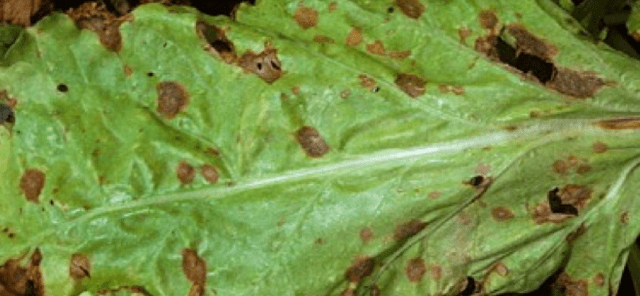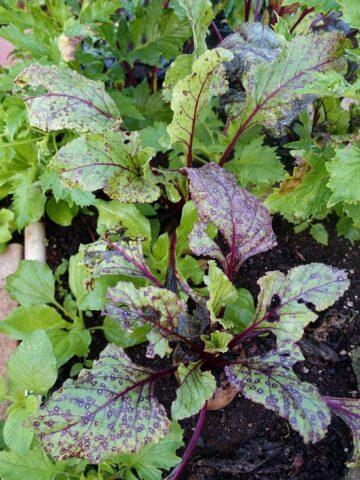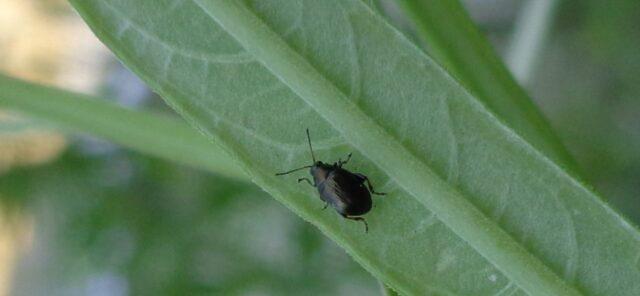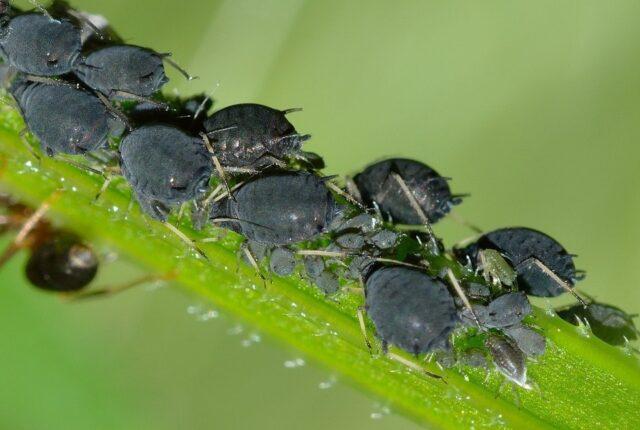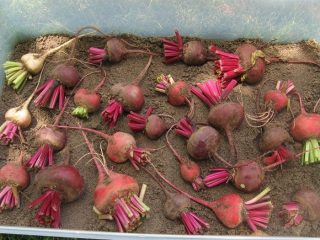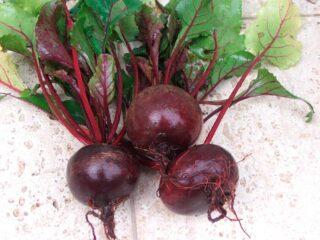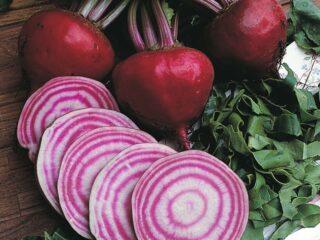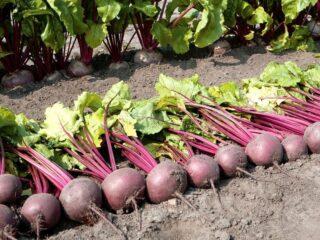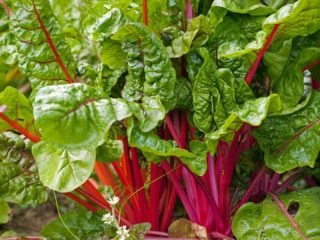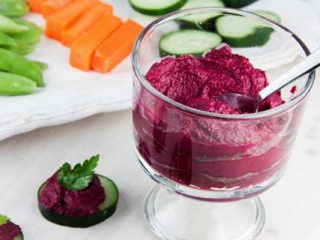Content
Beet Kestrel F1 is a hybrid early-ripening variety, characterized by unpretentious care and good keeping quality of root crops. With proper soil preparation, compliance with agrotechnical standards and optimal planting times, you can get an excellent harvest of a juicy, vitamin-rich vegetable.
Origin story
The Kestrel F1 beet was bred in the city of Yusho (Provence region, southern France) by a Japanese breeder team working on the basis of Sakata vegetables Europe S.A.S. The documents for registration of the hybrid were submitted in 2004. For three years, the variety has been undergoing selection trials. The Kestrel F1 beet has been registered in the Russian State Register since 2007.
The root crop quickly gained recognition and the title of the standard of beet varieties. Since 2008, it has been grown in neighboring countries (Ukraine, Moldova, Belarus).
Description of beet variety Kestrel F1
Root crops of the Kestrel F1 hybrid have a smooth surface and a rounded shape. The root is of medium length, thin. The pulp is juicy, with a bright crimson-red color. The consistency is firm but delicate. The main advantage of Kestrel F1 beets is a weakly expressed ringiness. Fruit weight from 200 to 400 g. The taste is excellent, the fruits are sweet. The sugar content is in the range of 10-12%.
Medium-sized, upright hybrid leaf rosette. The height of the tops does not exceed 30–35 cm. The leaves are wavy at the edges, bright green in color, have an oval shape, slightly bubbly, with long petioles. The tops do not lose their healthy shine before harvesting. The rosette of leaves is not injured during the harvesting process, it can be easily removed.
Characteristics of beets Kestrel F1
Beets are resistant to mechanical damage. During storage, the taste of the root crop is not lost. The culture easily tolerates temperature changes (spring cold snaps), is not demanding on watering.
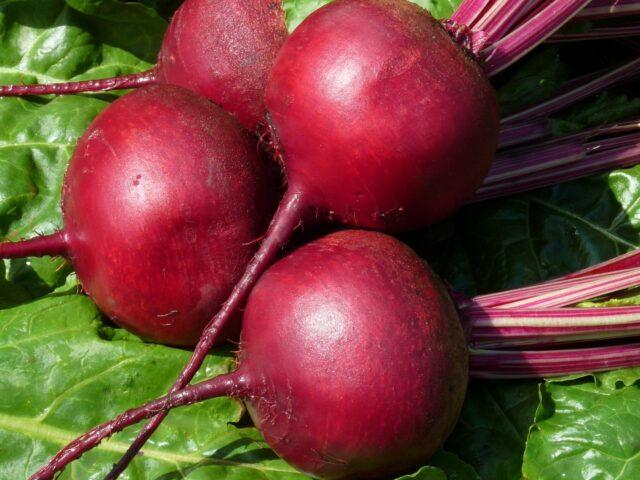
After heat treatment, the color of the Kestrel F1 root crop remains the same saturated
Ripening terms and yield of beets Kestrel F1
The Kestrel beetroot hybrid belongs to the early maturing. Ripening terms:
- with spring planting, from the appearance of the first shoots to the harvesting of the crops from the beds, it takes from 100 to 120 days;
- with early spring placement, 55-60 days are enough for growing bunched beets;
- summer sowing - 50-60 days.
The hybrid perfectly tolerates transportation, is characterized by keeping quality. The yield of the variety in garden beds from 1 m2 - up to 6 kg.

In the fields, Kestrel beets yield up to 90 t / ha
Disease and pest resistance
Kestrel beet is immune to powdery mildew, fusarium, cercospora. Diseases that can appear on the beds of the hybrid if agricultural standards are violated:
- phomosis is manifested by yellow spots on the plant. The disease affects beets if the rules of crop rotation are not followed. If you do not take measures to eliminate it in time, the root crop will dry out. At the first sign, the beds should be treated with a solution of copper sulfate or Bordeaux liquid;
- ascochitosis - the appearance of brown spots on the leaves. The cause of the disease is sudden changes in temperature, irregular irrigation.Treatment is carried out with funigicidal agents: Quadris, Maxim, Oksikhom (in compliance with the dosage and manufacturer's recommendations).
Pests affecting the beds:
- beet flea damages young leaves. It is especially dangerous in hot, dry weather. If it damages the growing point, the plant will dry out;
- the beet fly bites into the inside of the leaf, where it lives until it turns into a pupa;
- leaf aphids suck sap from stems, young shoots and tops.
Advantages and disadvantages
Advantages of beets Kestrel F1:
- resistance to diseases affecting plants of the Amaranth family;
- excellent taste of the root crop;
- high productivity;
- tolerates transportation well;
- suitable for long-term storage.
The disadvantages include the defeat of the Kestrel hybrid by pests. Coping with this shortcoming is not difficult. The main thing is to carry out preventive measures in a timely manner.
When to plant
Kestrel beet is a thermophilic plant. Variety does not affect planting time. It should be planted in open ground after the threat of spring night frosts has passed, and the ground will warm up to +8 ̊С. Experienced summer residents recommend at first to insulate the beds using a covering material. The optimal time for sowing a hybrid is from mid-May to the second decade of June. For growing in seedlings, the root crop is sown in the second half of April (approximately 3-4 weeks before transplanting into open ground).
Landing methods
In some regions, if you wait for conditions that are comfortable for the growth of beets, the crop may not be harvested. Therefore, summer residents practice the cultivation of the Kestrel F1 hybrid by seedling.
Seedling growing method
The main thing is to correctly calculate the time of transplanting seedlings into open ground. If the seedlings stretch out and "outgrow", this will lead to a decrease in the yield of the hybrid. For cultivating beets in trays, both a store-bought soil mixture and one prepared by hand are suitable. The proportions of the optimal soil composition:
- garden soil and humus - one piece at a time;
- peat - two parts.
The root crop Kestrel F1 does not tolerate acidic soil, so for every 5 kg of mixture, add ½ cup of wood ash. To disinfect the soil mixture, it should be steamed in an oven or double boiler for one hour.
Stages of sowing and cultivating beets in seedlings:
- The soil in the tray is compacted. Seeds are laid out on top.
- The planting material is sprinkled with soil so that the height of the top layer does not exceed 1.5 cm.
- The earth in the tray is tamped a little, watered.
Cover the container with a transparent film or a glass dome, remove the container in a warm place (+20 ° C). After the emergence of shoots, the shelter is removed, the temperature in the room is reduced to + 15 ... 16 ° C.
If the seedlings have sprouted sparsely, you can do without picking. It is enough to pour soil into the container to strengthen the roots. When thinning, the beet sprouts are not thrown away, but transplanted into another container.
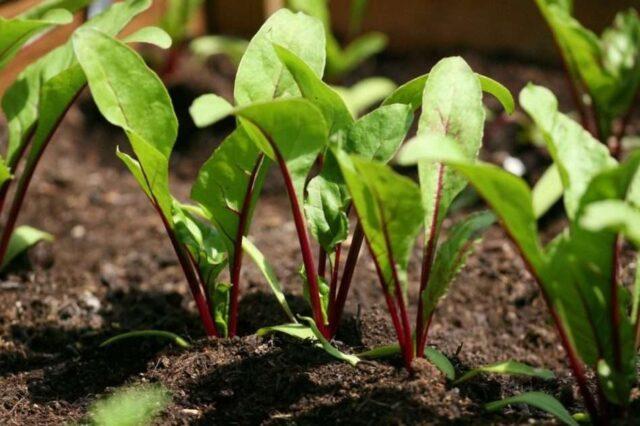
Beet seedlings are ready for transplanting after the appearance of two true leaves
Manipulations for landing in open ground are carried out in cloudy weather. After the procedure, the seedlings are watered daily.
Seed in open ground
Before sowing seeds in open ground, they are calibrated. Having poured out on a white sheet of paper, planting material of approximately the same size is selected, rejecting damaged and too small specimens.
In order for the seedlings to germinate at the same time, the seeds are soaked for a day. After placing in a container, fill it with water, which is changed every 6–8 hours. When the planting material swells, it is recommended to place it in a container, where a growth stimulator is poured instead of water.
Depending on the purpose of growing Kestrel, the furrows for sowing root crops are made at a distance of 10 to 35 cm.
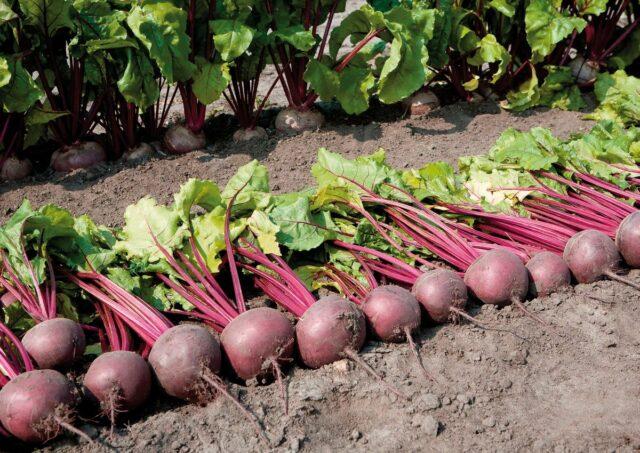
If the beets will be stored, choose the maximum row spacing.
The furrows are filled with water, and when the liquid is absorbed, the planting material is laid out at a distance of 5–6 cm from each other. Sprinkle with soil on top, deepening the seeds by 2 cm.
Care features
To get a good harvest of the Kestrel hybrid, you should take into account the specifics of the variety:
- Landing site. The area with beds should be well lit. Beets do not like direct sunlight. The best predecessors are legumes, garlic, and carrots.
- The soil. The soil must be breathable, nutritious and loose, so sandy soil will not work. Kestrel F1 beets feel good if the acidity varies between 6.2-7 pH.
- Watering. An excess of moisture leads to the fact that the roots lose their sweetness. Therefore, irrigation of the beds is carried out no more than 1-2 times a week.
- Loosening. Recommended to be carried out the next day after watering. The procedure will saturate the soil with oxygen, prevent the formation of an earth crust. Hilling should be carried out once every three weeks, adding soil around the bush.
- Mulching. Allows you to keep the soil moist for a long time. You can use straw, peat or sawdust.
- Top dressing. Fertilize Kestrel 3-4 times per season. At the initial stage of growth, the hybrid needs nitrogen fertilization. After that, organic matter should be given (infusion of mullein with water in a ratio of 1: 8). Beets respond well to foliar feeding. In July, the beds are watered by dissolving 2 g of boric acid in 10 liters of water.
They switch to harvesting after the leaves on the bushes begin to turn yellow, dry and fall off.
Conclusion
Kestrel beets are suitable for preservation and long-term storage. Even novice gardeners can grow a vegetable. The root crops of the hybrid are appreciated for their stable yield and high taste.
Reviews of gardeners about Kestrel beets
